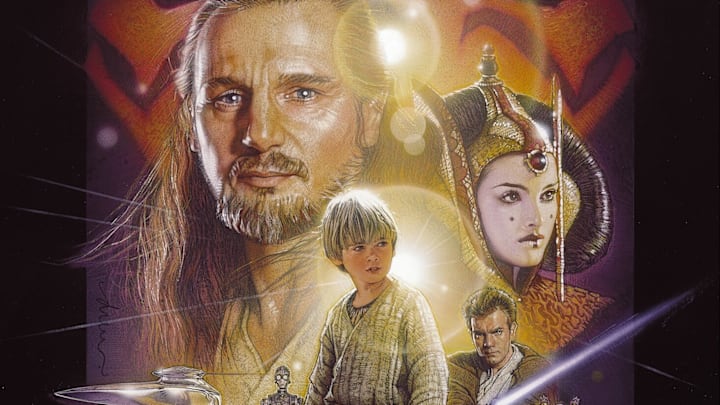Back in 1975, a young Ben Burtt was among the first to join George Lucas’s team for the original Star Wars. Fast forward two decades and Burtt is back in the saddle, ready to tackle the ambitious prequel trilogy. This time around, he wasn’t just the sound guy; he had multiple roles, including picture editor.
He sat down with StarWars.com for an exclusive interview about this journey. "I was working on something at Skywalker Ranch when Jane Bay, George’s assistant, called and said, 'Ben, George wants to talk to you. Can you come up right now?' I knew it meant something big," Burtt reminisces.

At that early stage, Lucas was still shaping the screenplay, and Burtt’s initial task was to focus on the podrace scene. Burtt's journey with the podrace began in a very hands-on, DIY fashion. He used videomatics, stitching together stock footage from car races and helicopter chases to visualize the sequence. "We used clips from classic movies and some home video footage to piece together what we wanted," he says. This approach allowed Lucas to flesh out the visual effects without diving straight into expensive ILM work.
At home, Burtt got creative with his 12-year-old son and neighborhood kids, using makeshift props to simulate the podrace. This early experimentation evolved into more sophisticated setups at Skywalker Ranch, helping to nail down the essential shots and angles for the final sequence. The Phantom Menace was at the forefront of digital filmmaking. Burtt and fellow editor Paul Martin Smith used Avid’s Media Composer, integrating digital effects into the editing process. This included working with the then-novel concept of a fully animated character like Jar Jar Binks.

"Ahmed Best was on set for reference, but George directed the scenes knowing they would later include Jar Jar digitally," Burtt explains. This meant filming scenes multiple times—one with Ahmed and one without.
Along with filing multiple scenes for Jar Jar's sake, they also put detail into individual podracers. Each one had its unique sound, crafted from a mix of real-world noises like motors and airplanes. Sebulba’s engines, for example, had a rhythmic pulsing sound, while Anakin’s podracer blended high-speed car sounds. "You want the audience to feel like they’re right there with the racers, surrounded by the roar of the engines," he explains. His process involved layering and manipulating sounds, a technique that evolved with the advent of digital audio tools.

This new digital approach allowed for more experimentation and a richer soundscape, elevating the film's auditory experience. The transition to digital audio was a game-changer for Burtt and his team at Skywalker Sound. The new tools allowed for quicker edits and greater creative freedom. "We developed methods to sample sounds on a keyboard, letting us improvise and experiment like never before," Burtt says. This shift from analog tape to digital files meant no more climbing ladders to find the right sound reel.
Everything was at their fingertips, making the process faster and more efficient while maintaining high audio quality. By the time The Phantom Menace premiered on May 19, 1999, Burtt had cemented his place as a key figure at Lucasfilm. His dual role as sound designer and picture editor was crucial to the film’s groundbreaking achievements.
When we delve into this sci-fi wonder we all know and love, sometimes we can forget just how much work it takes to get it to the big screen. This interview with Ben can help remind fans to appreciate how their favorite movies came to be, and certainly has reminded me.
You can see the full interview at StarWars.com.
